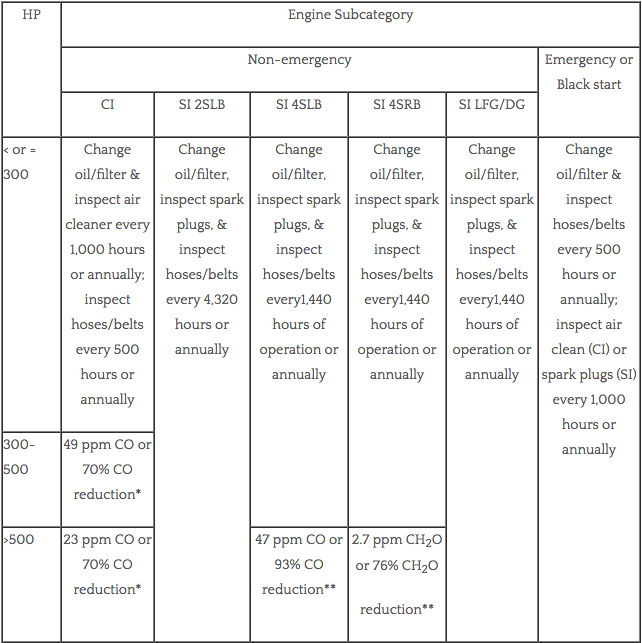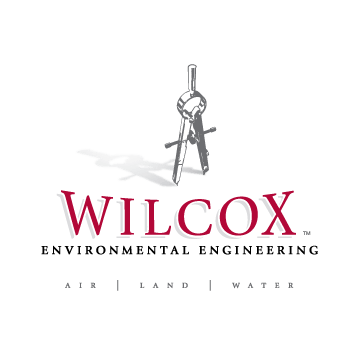If you have a backup generator at your facility, then the answer is most likely “yes!” In 2010, the U.S. EPA issued the National Emission Standards for Hazardous Air Pollutants (NESHAP) for reciprocating internal combustion engines, or “RICE.” The RICE NESHAP is an extremely complex regulation with very limited exemptions. For example, there are no blanket exemptions based on size, fuel, or age of the engine. Whether you own a small emergency generator which is seldom used or a large engine used regularly to generate electricity, you are impacted by this rule. Requirements for affected engines may include emission limitations, performance tests, continuous emissions monitoring, and operation and maintenance requirements. Determination of the applicability of each requirement is very fact-specific. Information required to determine the applicable compliance requirements include the size of the engine in brake horsepower, model year, construction date, engine displacement, type of use (e.g., emergency or non-emergency), and whether the engine is located at a major or area source of Hazardous Air Pollutants (HAPs). New engines must be in compliance upon startup. Compliance dates for existing engines vary, but many must be in compliance by May 3, 2013. Companies should be aware that they are responsible for complying with the RICE NESHAP irrespective of whether the requirements appear in their air permit. Therefore, the facility is left with the task of identifying its own compliance obligations.
The following table, developed by U.S. EPA, demonstrates the complexity of the RICE NESHAP. It identifies compliance obligations for one category of engines–existing RICE located at area sources of HAPs, which are those with the potential to emit less than 10 tons per year of any individual HAP or 25 tons per year of combined HAPs. Although this category includes a large number of facilities, your engine may also be an existing RICE at a major source (i.e., those greater than 10/25 tons per year of HAP), a new RICE at an area source, or a new RICE at a major source. And although your facility as a whole is classified as either an area source or major source, each individual engine may have distinct compliance requirements.
Table 1: Emission Standards: Existing RICE Located at Area Sources

*Except engines in rural Alaska
**If engine used > 24 hrs/hr
Acronyms:
HP: Horsepower
CI: Compression Ignition
SI: Spark Ignition
2SLB: Two-Stroke Lean Burn
4SLB: Four-Stroke Lean Burn
4SRB: Four-Stroke Rich Burn
LFG/DG: Landfill Gas/Digester Gas
ppm: Parts Per Million
CO: Carbon Monoxide
CH2O: Formaldehyde
